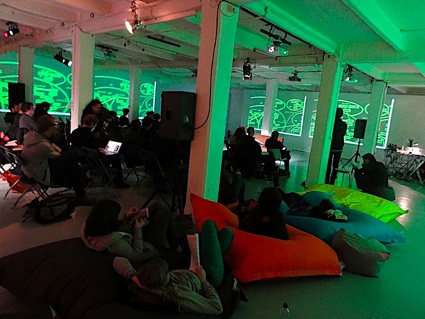 Photo credit: Anne Roquigny
Photo credit: Anne Roquigny
Last weekend in was at iMAL in Brussels for a WJ-Spots afternoon (that ended at midnight). Almost 20 artists, theorists, activists, bloggers and journalists were asked to give their view on the history and future of artistic creation on the Internet.
Is the Internet a disenchanted space for artists and creative people or is there a future for online arts and critical creative actions? If so, what are their possible forms and directions?
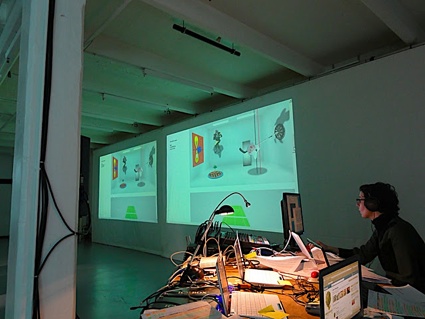 Photo credit: Anne Roquigny
Photo credit: Anne Roquigny
The event followed the WJ-Spots format: during our speeches, webjays used a custom-built platform to navigate live through a list of websites that we had selected. The result was shown around the speakers on several large screens. That was both exciting and a bit of a disaster for me. I tend to throw some slides together and half improvise over them. This time i had to do the opposite.
Anyway, i had a brilliant time with some of the most talented people on planet internet and scribbled a couple of links and notes along the way. The talks are online but here are a few quotes and ideas that caught my interest:
Florian Cramer opened the afternoon by telling us something most of us tend to forget (or simply ignore): the internet is not the world wide web.
For Josephine Bosma, net.art doesn’t have to take place or be made on the internet. However, it can be linked to the internet in a conceptual way. For example Alexei Shulgin‘s 1997 Vienna performance, Real Cyberknowledge for Real People for which he printed out and handed out to passersby copies of ‘Beauty and the East’ / ZKP4, published online by the mailing list nettime.
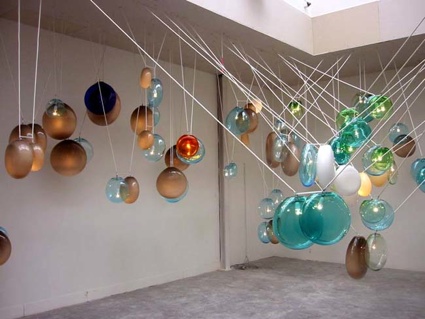 Tobias Rehberger, Seven Ends of the World in the Italian pavilion of the Venice Biennale, 2003
Tobias Rehberger, Seven Ends of the World in the Italian pavilion of the Venice Biennale, 2003
Or Tobias Rehberger’s Seven Ends of the World, lamps that glow with an intensity that corresponds to local light conditions in various places around the world, relayed over the Internet.
And of course there’s also Aram Bartholl‘s giant Google Maps marker that doesn’t need any time of internet connection.
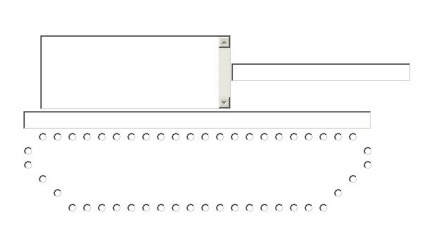 Alexei Shulgin, Form Art [Tank], 1997
Alexei Shulgin, Form Art [Tank], 1997
Alexei Shulgin was by far the artist that speakers referred to the most. Gordan Savičić showed Shulgin’s Form Art before discussing the fact that nowadays the web is more about consumption than production. He mentioned a recent(ish) Wired article about the decline of the World Wide Web: Over the past few years, one of the most important shifts in the digital world has been the move from the wide-open Web to semiclosed platforms that use the Internet for transport but not the browser for display.
Paolo Cirio made a noteworthy point when he said that net.art pieces as performances. Mostly because they are time-based, they are getting shorter (e.g. a twitter neatart piece that would last a week) and need to be documented.
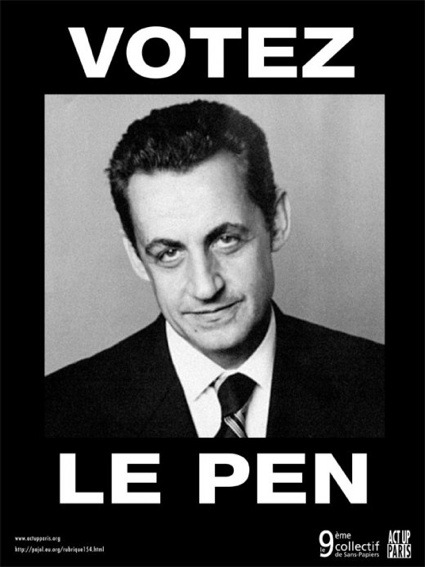 Le 9ème collectif de sans-papiers & Act Up-Paris
Le 9ème collectif de sans-papiers & Act Up-Paris
Nicolas Malevé showed posters that were plastered a few years ago in the streets of Paris. They had the face of Nicolas Sarkozy and the slogan “Vote Le Pen.” The poster was designed to denounced the far-right tendencies of Sarkozy (who was then Minister of the Interior.) 6 members of the collective were arrested because, allegedly, the photographer of Sarkozy’s portrait didn’t agree with its use on the posters.
Rafael Rozendaal presented some of the most successful editions of BYOB, or Bring Your Own Beamer. The exhibition format invites people to bring a projector and create their own exhibition for one night, screening images onto spaces and exploring ways to free digital work from the screen. Each edition reinterprets the format in its own way.
Julian Oliver gave a brilliant talk on the ‘ideology of seamlessness’ and the infrastructure that sustains our dependency on internet, even if we tend to forget/ignore their existence. Nothing can exemplify his point better than the Submarine Cable Map. Or Newstweek, the project he developed together with Danja Vasiliev and that looks at the infrastructure of the internet as a material.
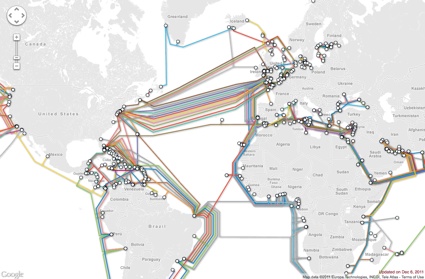
In his presentation, Alessandro Ludovico talked about how Jodi compelled him to ‘print net.art’. In December 1999, he interviewed the duo for the 16th issue of Neural magazine. They answered every question with a .gif showing clipped screenshots featuring bits of their own games and artistic software, or manipulations of webpages, etc.
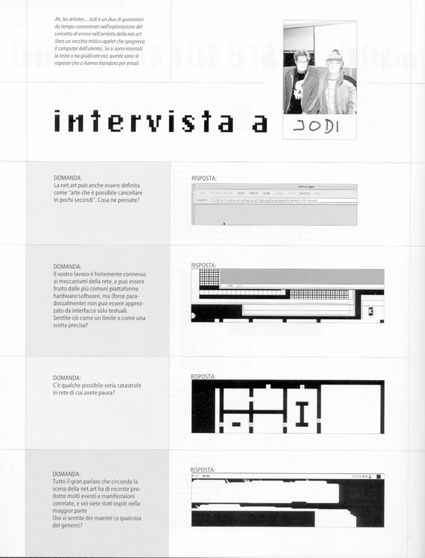 Image courtesy of Alessandro Ludovico
Image courtesy of Alessandro Ludovico
Jodi also gave a text to speech performance at the end of the evening. Brilliant! These two are brilliant!
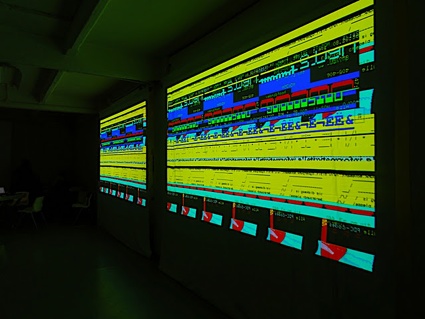 Photo credit: Anne Roquigny
Photo credit: Anne Roquigny
Domenico Quaranta would probably agree with my over-enthusiastic comment since he started and ended his presentation with them. The ending was particularly memorable: he had the WJ-S webjays open http://oss.jodi.org/, one of the websites he would most miss if ever it disappeared because, he explained, “it keeps destroying my browser :-)”
Heath Bunting found a victim to fill in an Identity Bureau questionnaire.
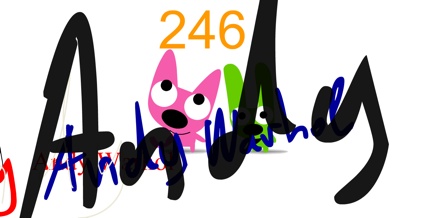 Miltos Manetas, Thank You Andy Warhol, 2007
Miltos Manetas, Thank You Andy Warhol, 2007
Miltos Manetas (one of the very few artists in media art who has a real sense of style) painted joysticks and websites at a time when websites and joysticks were regarded as the oddest subjects to paint, created machinimas when no one had heard of machinimas, dreamt of an “electronic orphanage” where digital creatures could meet and do things together long before Second Life made the headlines of newspapers.
All that is history now, he added.
WJ-Spots Brussels was curated by Anne Roquigny et Yves Bernard and the video archives are online: part 1 and 2.
